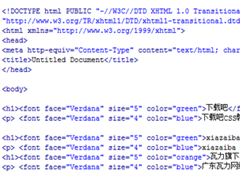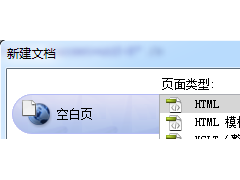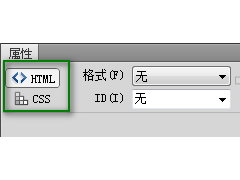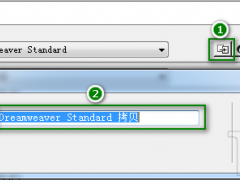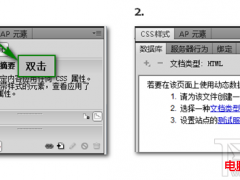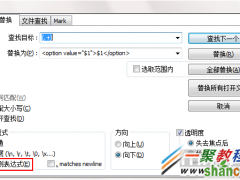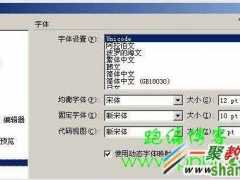这篇文章主要介绍了Ruby常用文件操作方法,本文讲解了新建文件、读取文件、删除、重命名文件、目录操作等常用文件操作方法,需要的朋友可以参考下
一、新建文件
代码如下:
f=File.new(File.join("C:","Test.txt"), "w+")
f.puts("I am Jack")
f.puts("Hello World")
文件模式
"r" :Read-only. Starts at beginning of file (default mode).
"r+" :Read-write. Starts at beginning of file.
"w" :Write-only. Truncates existing file to zero length or creates a new file for writing.
"w+" :Read-write. Truncates existing file to zero length or creates a new file for reading and writing.
"a" :Write-only. Starts at end of file if file exists; otherwise, creates a new file for writing.
"a+" :Read-write. Starts at end of file if file exists; otherwise, creates a new file for reading and writing.
"b" :(DOS/Windows only.) Binary file mode. May appear with any of the key letters listed above
二、读取文件
代码如下:
file=File.open(File.join("C:","Test.txt"),"r")
file.each { |line| print "#{file.lineno}.", line }
file.close
三、新建、删除、重命名文件
代码如下:
File.new( "books.txt", "w" )
File.rename( "books.txt", "chaps.txt" )
File.delete( "chaps.txt" )
四、目录操作
1 创建目录
复制代码 代码如下:
Dir.mkdir("c:/testdir")
#删除目录
Dir.rmdir("c:/testdir")
#查询目录里的文件
p Dir.entries(File.join("C:","Ruby")).join(' ')
#遍历目录
Dir.entries(File.join("C:","Ruby")).each {
|e| puts e
}
1、ARGV and ARGF
代码如下:
ARGV
ARGV << "cnblogslink.txt"
#The gets method is a Kernel method that gets lines from ARGV
print while gets
p ARGV.class
ARGF
while line = ARGF.gets
print line
end
2、文件信息查询
代码如下:
#文件是否存在
p File::exists?( "cnblogslink.txt" ) # => true
#是否是文件
p File.file?( "cnblogslink.txt" ) # => true
#是否是目录
p File::directory?( "c:/ruby" ) # => true
p File::directory?( "cnblogslink.txt" ) # => false
#文件权限
p File.readable?( "cnblogslink.txt" ) # => true
p File.writable?( "cnblogslink.txt" ) # => true
p File.executable?( "cnblogslink.txt" ) # => false
#是否是零长度
p File.zero?( "cnblogslink.txt" ) # => false
#文件大小 bytes
p File.size?( "cnblogslink.txt" ) # => 74
p File.size( "cnblogslink.txt" ) # => 74
#文件或文件夹
p File::ftype( "cnblogslink.txt" ) # => "file"
#文件创建、修改、最后一次存取时间
p File::ctime( "cnblogslink.txt" ) # => Sat Sep 19 08:05:07 +0800 2009
p File::mtime( "cnblogslink.txt" ) # => Sat Sep 19 08:06:34 +0800 2009
p File::atime( "cnblogslink.txt" ) # => Sat Sep 19 08:05:07 +0800 2009
3、查找文件
代码如下:
puts "查找目录下所有文件及文件夹"
Dir["c:/ruby/*"].each {|x|
puts x
}
puts "条件查询"
Dir.foreach('c:/ruby') {
|x| puts x if x != "." && x != ".."
}
puts "查找某一类型文件"
Dir["*.rb"].each {|x|
puts x
}
puts "Open 查询"
Dir.open('c:/ruby') { |d| d.grep /l/ }.each{|x| puts x}
puts "---------------------------"
puts "正则表达式查询"
Dir["c:/ruby/ruby/[rs]*"].each{|x| puts x}
puts "------------------------"
Dir["c:/ruby/[^s]*"].each{|x| puts x}
puts "------------------------"
Dir["c:/ruby/{ruby,li}*"].each{|x| puts x}
puts "------------------------"
Dir["c:/ruby/?b*"].each{|x| puts x}
puts "查找目录及子目录的文件"
require 'find'
Find.find('./') { |path| puts path }
3、查询目录及子目录文件
代码如下:
require "find"
Find.find("/etc/passwd", "/var/spool/lp1", ".") do |f|
Find.prune if f == "."
puts f
end
原型:ref.find( [ aName ]* ) {| aFileName | block }
prune:Skips the current file or directory, restarting the loop with the next entry. If the current file is a directory, that directory will not be recursively entered. Meaningful only within the block associated with Find::find.
4、文件比较 复制等
代码如下:
require 'ftools'
File.copy 'testfile', 'testfile1' » true
File.compare 'testfile', 'testfile1' » true




